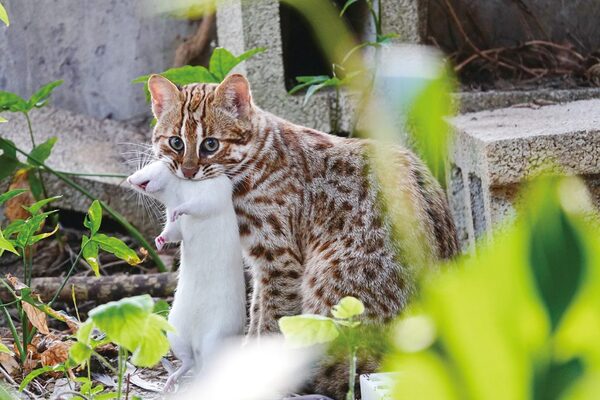
Ocelots are small, beautiful wild cats, named after their leopard-like patterns. Although they are similar in size to domestic cats, they have slimmer bodies and longer legs because they have lived in the wild for a long time.Leopard cats are also called "money cats" in China because the s...
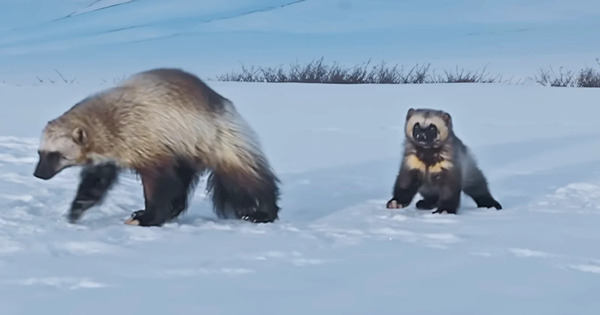
When it comes to fierce and resilient animals, the wolverine tops the list. This powerful, solitary mammal is a true marvel of nature. Known for its strength and tenacity, the wolverine (Gulo gulo) is one of the most fascinating creatures in the wild. Let’s dive into everything you need to know abo...
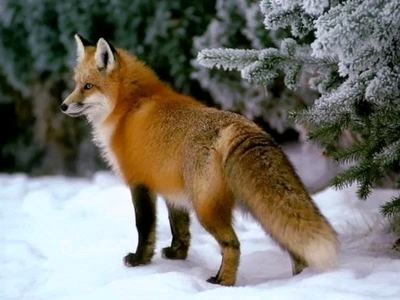
Foxes (scientific name: Vulpes) are omnivorous animals widely distributed around the world, mainly living in forests, grasslands, deserts, mountains and suburban areas. Their diet is flexible and changeable, depending on the habitat and seasonal changes. The diet of foxes mainly consists of meat, pl...

Persian cat (scientific name: Persian cat, English name Persian Cat, Persian longhair) is also known as Persian, Chinchilla or Himalayan. It is one of the oldest cat breeds, and one of the most well-known Persian cats is Chinchilla. It has a lifespan of 14-15 years and weighs 3.5-7 kg.Origin of the...

Maltese (English name: Maltese) is also known as Magic Fairy and Maltese. It is one of the small toy dogs with Bichon Frise ancestry and is the oldest dog breed in Europe. Male dogs are 8.3-9.8 inches (21-25 cm) tall and weigh 6.6-8.8 pounds (3.0-4.0 kg); female dogs are 7.9-9.1 inches (22-23 cm) ta...
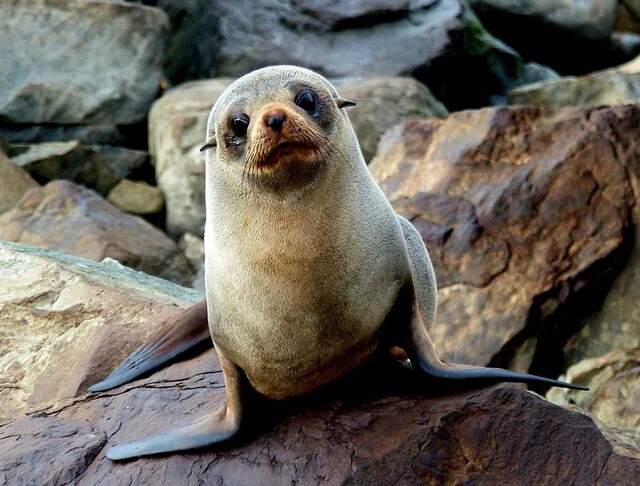
The fur seal is a mammal of the carnivorous order Sea Lion, subfamily Sealidae, and is about the same size as a seal, with a length of nearly 2 meters. However, its weight is much smaller, weighing only more than 20 kilograms, and its limbs have also degenerated into flippers. , so moving on land is...
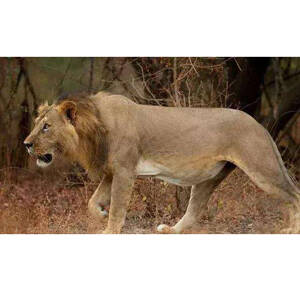
The scientific name of the West African lion is Panthera leo senegalensis, and its foreign name is West African lion. It was once widely distributed in the African continent except for the central Sahara Desert and tropical rainforests, and also distributed in small quantities in India. However, due...
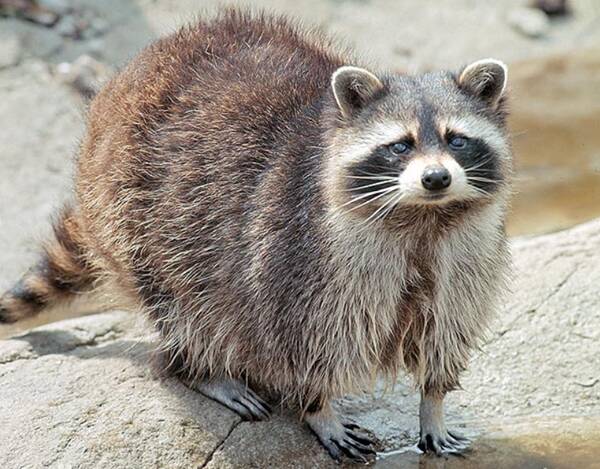
Raccoon, Procyon lotor (Linnaeus 1758), is a species of animal in the genus Procyon, family Procyonidae, order Carnivora, class Mammalia, native to North America, and now a species of least concern. Because it often preys on fish by the river and washes its food in the water, it is named raccoon.Rac...
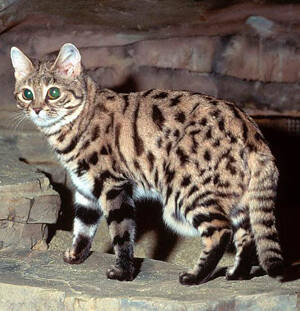
The black-footed cat (Felis nigripes), named for the black markings on the soles of its feet, is one of the smallest species of wild cats, but can attack lambs four times its size.Black-footed cat's life habitsBlack-footed cats are nocturnal animals. In order to avoid the heat, they hide in term...
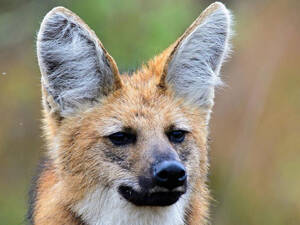
Maned wolf (scientific name: Chrysocyon brachyurus), also known as Maned wolf in English, is a rare animal of the genus Chrysocyon in the family Canidae, with no subspecies.Male and female maned wolves have a relatively fixed mate relationship and usually share a territory (about 27 square kilometer...
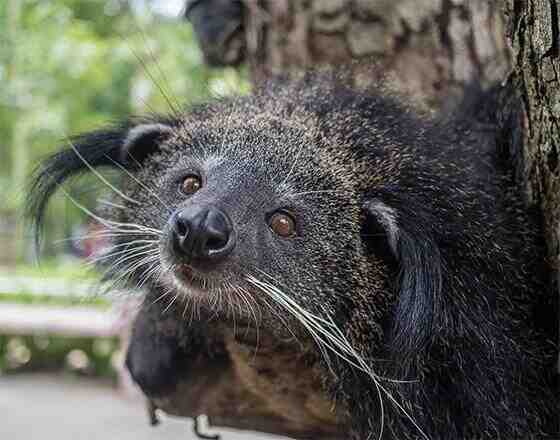
There are 9 subspecies of binturong, the second largest species in the family Viverridae.The binturong is the only animal in the family Viverridae with a prehensile tail. The tail has fluffy and rough hair, which can grasp and act as a fifth hand, and can be used to hang the body in mid-air by wrapp...
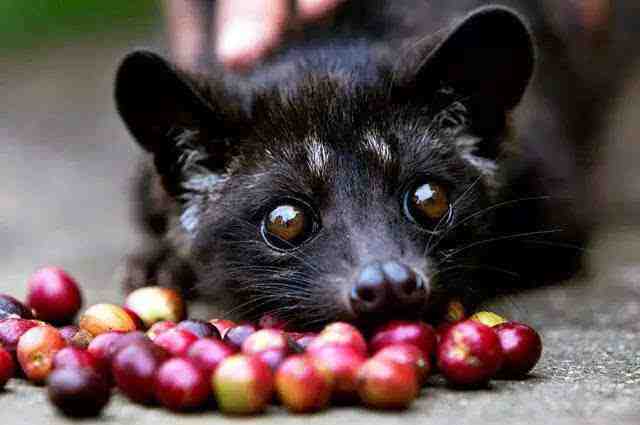
The body of the palm civet is slightly similar to that of the small civet, but it is more slender. There are 31 subspecies and it is a typical tropical forest-dwelling animal.The palm civet is nocturnal and occasionally active during the day. They live in a semi-arboreal environment, are good at cli...
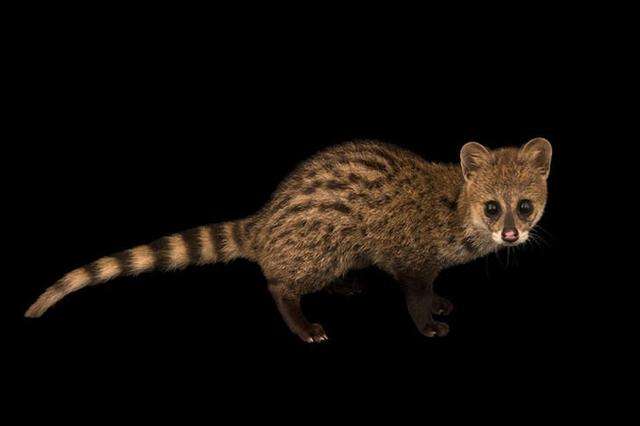
The small civet is a species of civet that is very similar to the large civet.The civet is a solitary nocturnal animal that hides during the day and comes out at night. The peak of its activities is mainly concentrated from 15:00 to 22:00 every night. It is alert and timid, agile, can swim, is good...
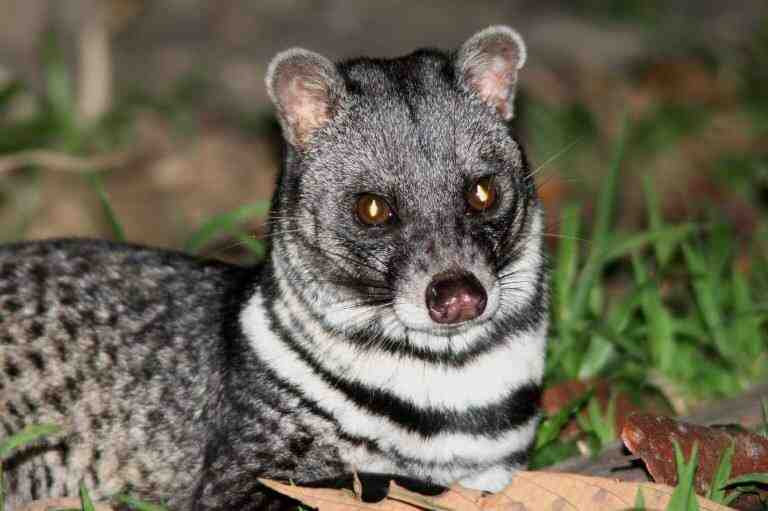
There are 12 subspecies of the civet cat.The civet cat is solitary by nature, likes to walk at night, is alert by nature, has very sensitive hearing and smell, hides during the day and comes out at night, is agile in action, has sensitive hearing, is cunning and suspicious, so it is called a fox cat...
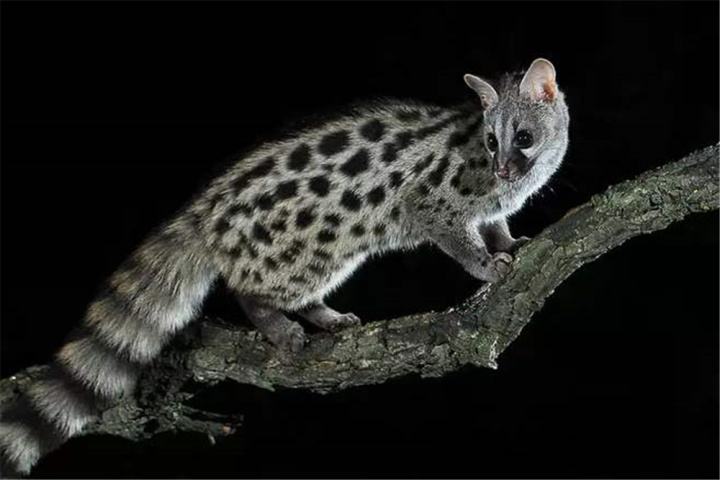
The Great Spotted Civet has no subspecies and is very similar to the Great Civet, except that the Great Spotted Civet has larger spots.The Great Spotted Civet often likes to move alone and usually forage at night. When night falls or before dawn, it is most active and moves quickly and...
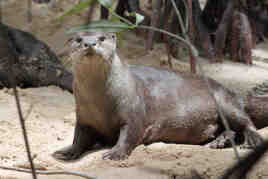
The smooth-coated otter is an animal of the family Mustelidae and genus Otter, with no subspecies.The smooth-coated otter generally does not have a fixed residence, and the residence is not covered with grass, trees or other miscellaneous objects. There is a certain area of activity, and the time of...
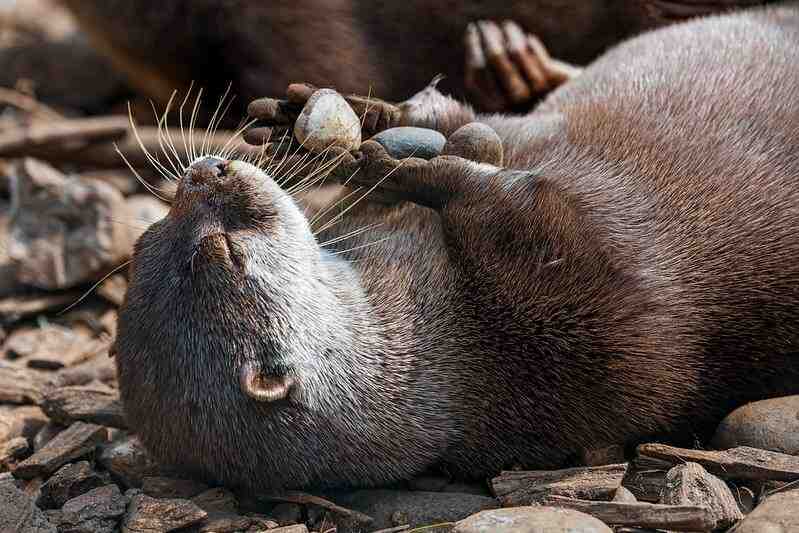
There are 14 subspecies of otters.Otters love to play. They often stand up by treading water, with their heads and necks above the water, looking into the distance, or climbing up and down the slope of the river bank, sliding and rolling on ice and snow, etc. These behaviors make their reactions mor...
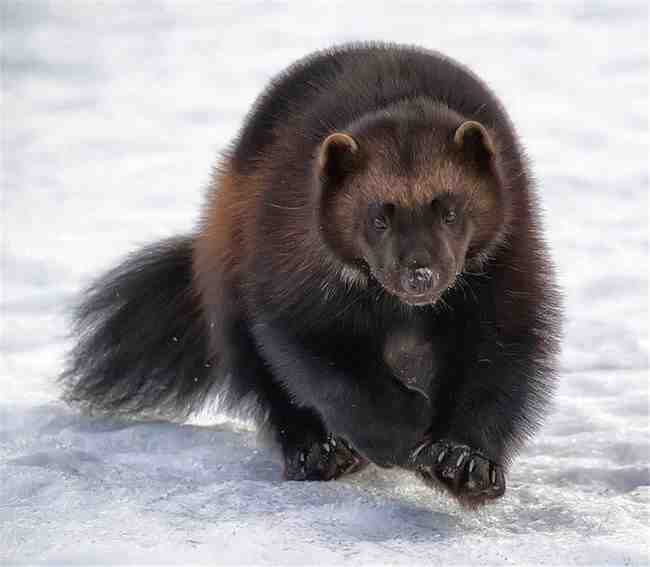
The mink is the only species in the genus Mink, with 6 subspecies.Mink will never allow the same sex to appear in its territory, even its own children are no exception. Therefore, once a mink reaches adulthood, it will be driven away from home by its parents and start a new life on its own. However,...
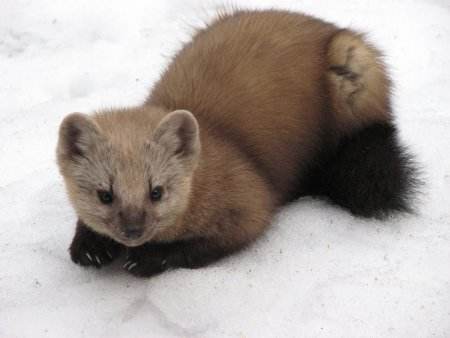
Sables are small to medium-sized mammals with 19 subspecies.Sables are good at climbing trees, are agile and nimble, and live deep in the forest. They build nests in rock cracks, tree holes and under tree roots; they usually live in settled areas, but they often wander and migrate due to the abundan...